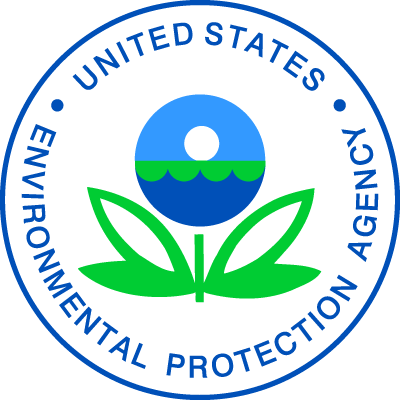
News Releases from Region 01
Prepare for the Summer Smog Season with Free Air Quality Alerts
05/04/2020
BOSTON – To kick off Air Quality Awareness Week, the U.S. Environmental Protection Agency (EPA) urges New Englanders to be aware of the increased risk of fine-particle air pollution and ground-level ozone (often referred to as smog) and to take health precautions when levels are predicted to be high. EPA and states continue to offer free resources for the public to monitor the latest air quality forecasts.
"Even as EPA is celebrating 50 years of progress improving air quality in the U.S., ozone air pollution can continue to be a significant public health issue in New England, especially with warm summer weather," said EPA New England Regional Administrator Dennis Deziel. "Poor air quality affects everyone, but people with asthma or other respiratory sensitivities to air pollution should take extra precautions on days with reduced air quality."
Air-quality forecasts are issued daily by the New England state air agencies. Current air-quality conditions and next-day forecasts are available each day on EPA's web site (www.airnow.gov). People can also sign up to receive "Air Quality Alerts." These alerts provided free by EPA through the EnviroFlash system, in cooperation with the New England states, automatically notifies participants by e-mail when ozone or fine-particle levels in their area are predicted to be high.
Warm summer temperatures aid formation of ground-level ozone. The current ozone standard is 0.070 parts per million (ppm) on an 8-hour average basis. Air quality alerts are issued when ozone concentrations exceed, or are predicted to exceed, this level. EPA New England posts a list of exceedances of the ozone standard, by date and monitor location, on its web site.
Although the number of unhealthy days varies from year to year due to weather conditions, over the long term, New England has experienced a significant decrease in the number of unhealthy ozone days. For the 2015 ozone standard, New England had 118 unhealthy days in 1983, compared with 24 in 2019. This downward trend is mainly due to a reduction in emissions from powerplants and other industrial facilities.
When air quality is predicted to be "unhealthy for sensitive groups," EPA and the states announce an air quality alert for the affected areas. On these days, EPA recommends that people in these areas limit strenuous outdoor activity and asks that the public and businesses take actions to help reduce air pollution and protect public health. These actions to reduce air pollution include:
- Reducing trips in motorized vehicles whenever possible, or if you do go out, combine errands to reduce driving time and mileage.
- Set air conditioners to a higher temperature and turn off lights, TVs and computers when they are not being used.
- Avoid using small gasoline-powered engines, such as lawn mowers, string trimmers, chain saws, power-washers, air compressors and leaf blowers.
- Avoid outdoor burning, including leaf burning and use of firepits and campfires.
More information on Air Quality Awareness Week: http://www.epa.gov/airnow/airaware/index.html.
Air Quality Forecasts and Alert program: https://www3.epa.gov/region1/aqi/
A list of ozone exceedances by date and monitor location: https://www3.epa.gov/region1/airquality/o3exceed-20.html
"8" - Google News
May 04, 2020 at 11:10PM
https://ift.tt/3fihsLT
Air Quality Awareness Week is May 4 - May 8, 2020 | US EPA - U.S. EPA.gov
"8" - Google News
https://ift.tt/2z1PBPz
https://ift.tt/3c1rzCJ

No comments:
Post a Comment